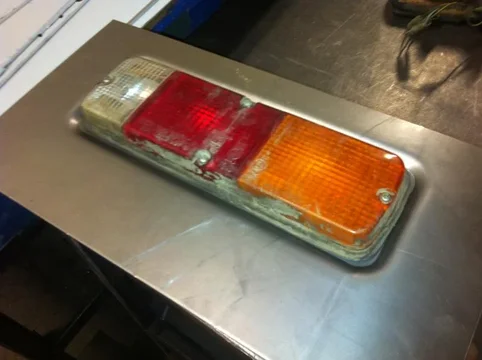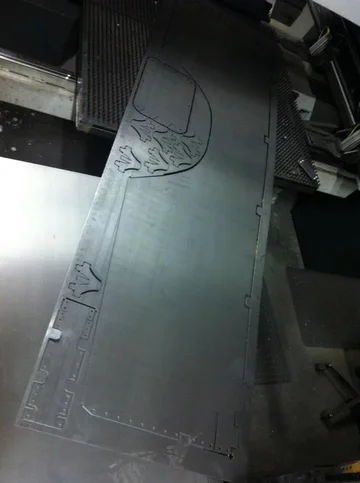Depends on the part of course. The controller is capable of full 3D drawing of the part but I usually draw 2D cross sections. You sketch the profile and assign a dimension that you need. Then pick and load the tools you are using from the library and position them on the graphic so it knows where they are. Then tell it the sequence of bends while it shows you a graphic of pre and post each bend so you can see collisions with the tooling or machine.
Basically you tell it the tool, material thickness and how long a flange you want and step on the pedal. It will calculate where the backgauge needs to be to hit the flange length you want using a given tool. First bend is usually +/-0.010" and then you can fine tune from there.
The rear corner post I did in a video above was about an hour to program and I burned the first two parts fine tuning the angles and flanges. You have to visualize the whole process to know what sequence to bend a multi-bend part so that the first bend doesn't preclude the second, third or fourth bend from being possible. Good mental orthographic projection skills are required.

















